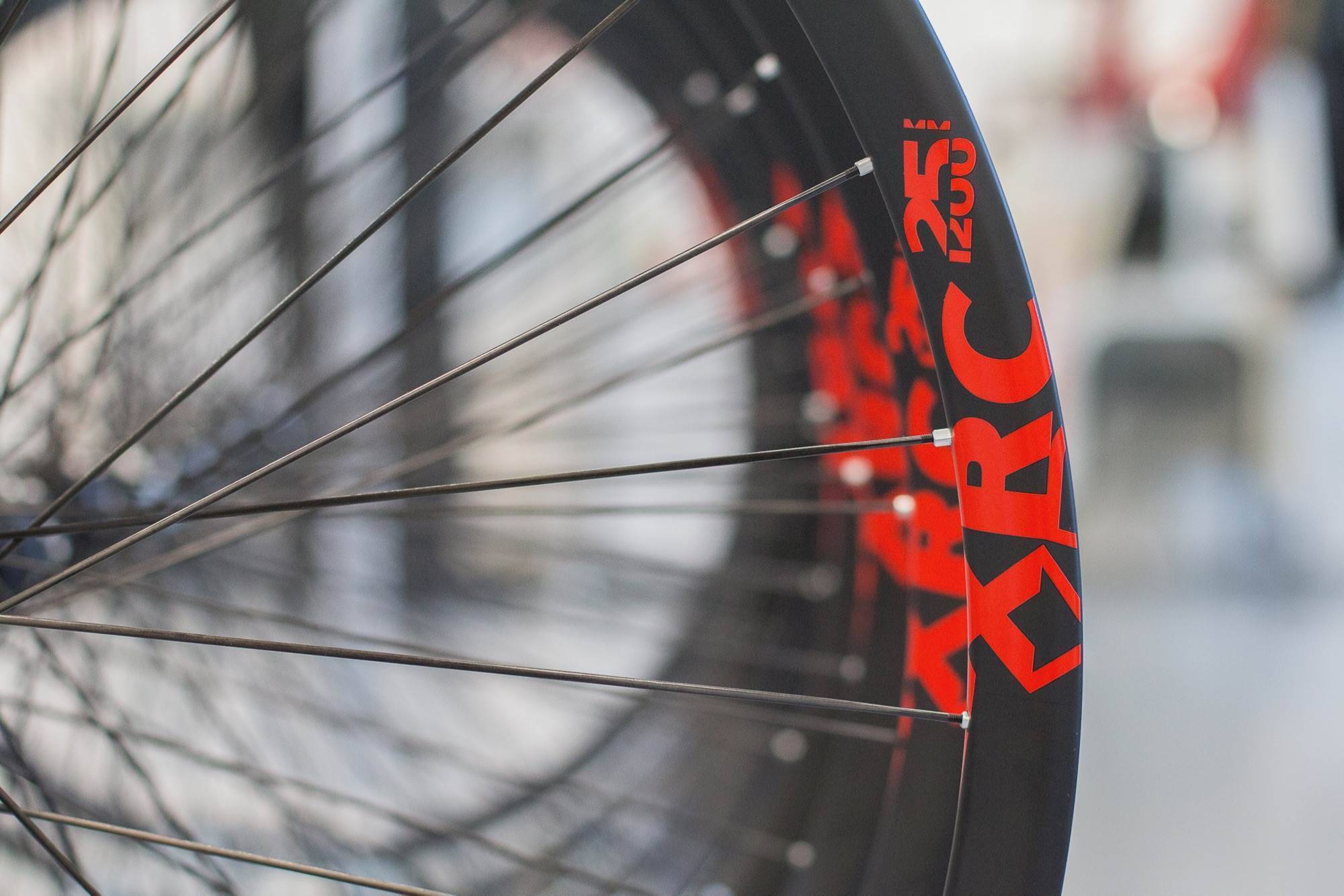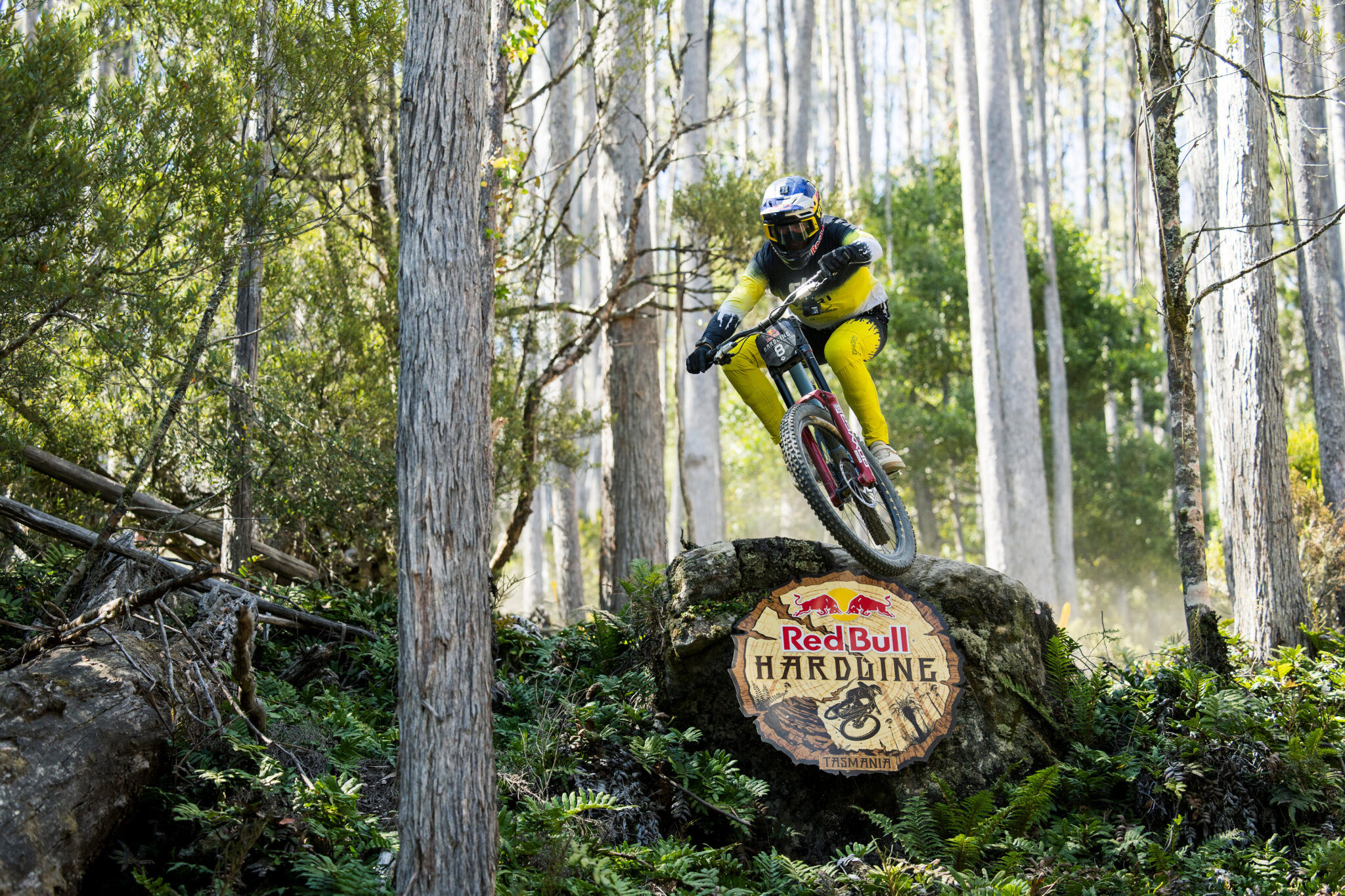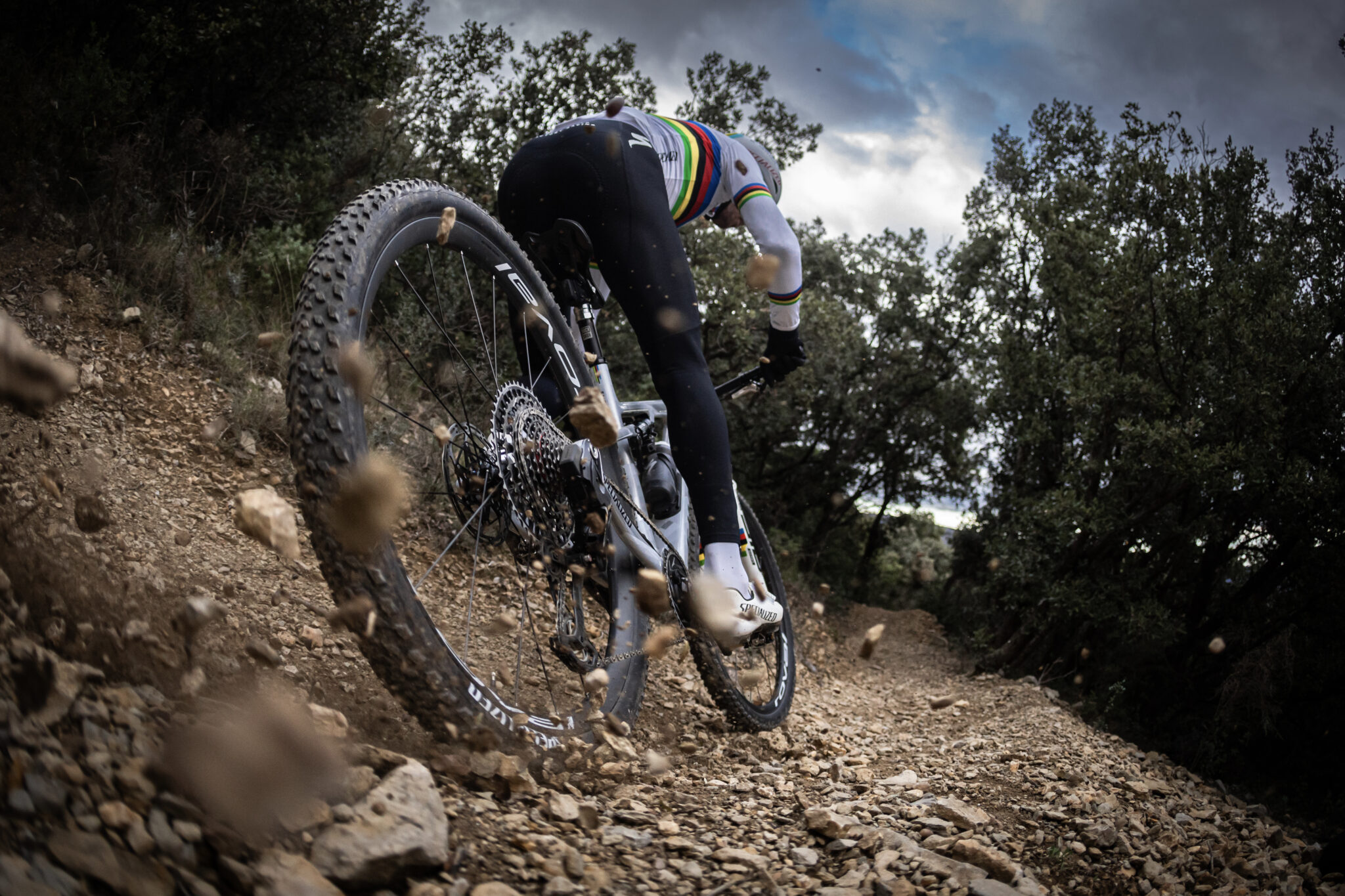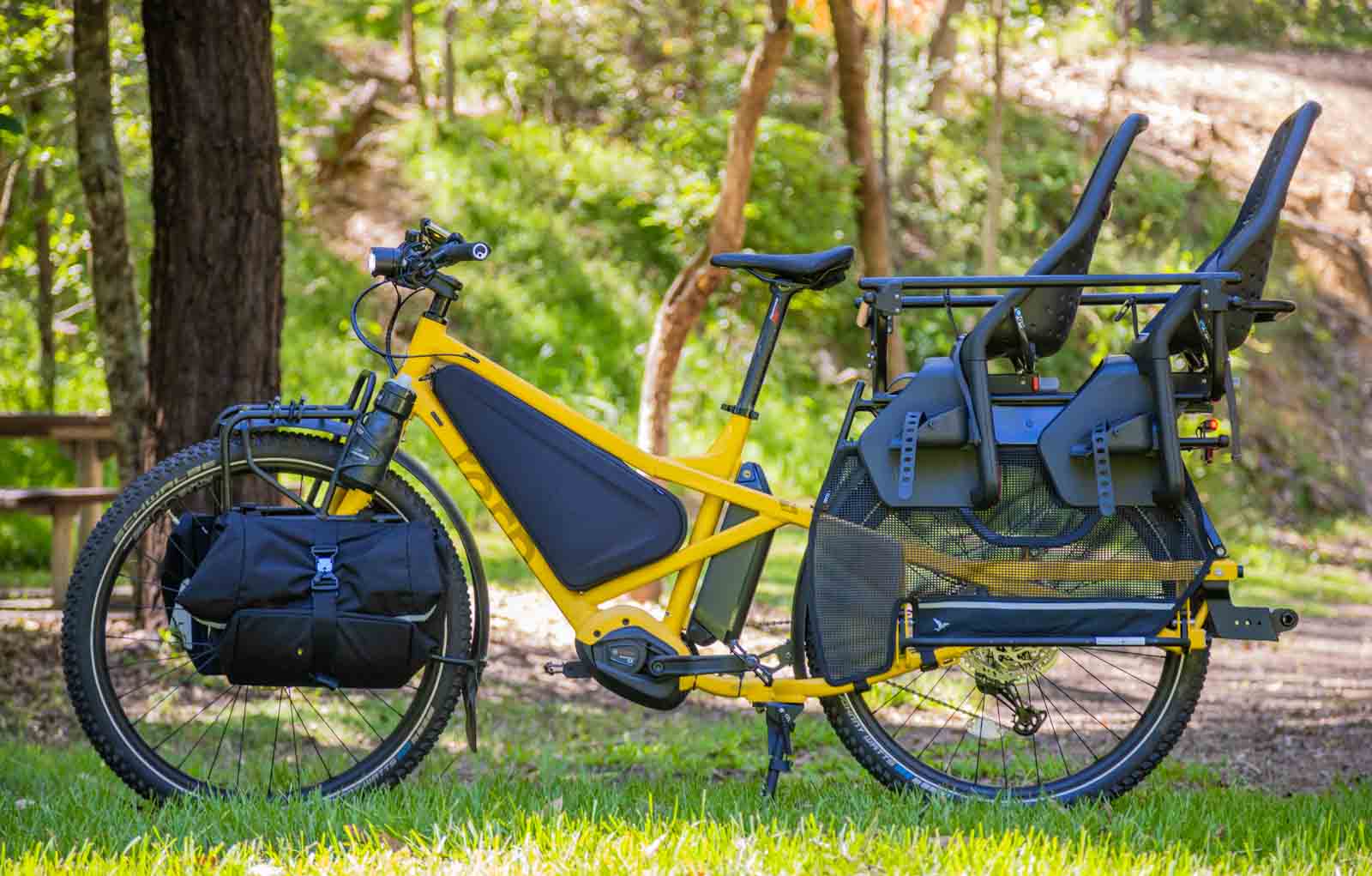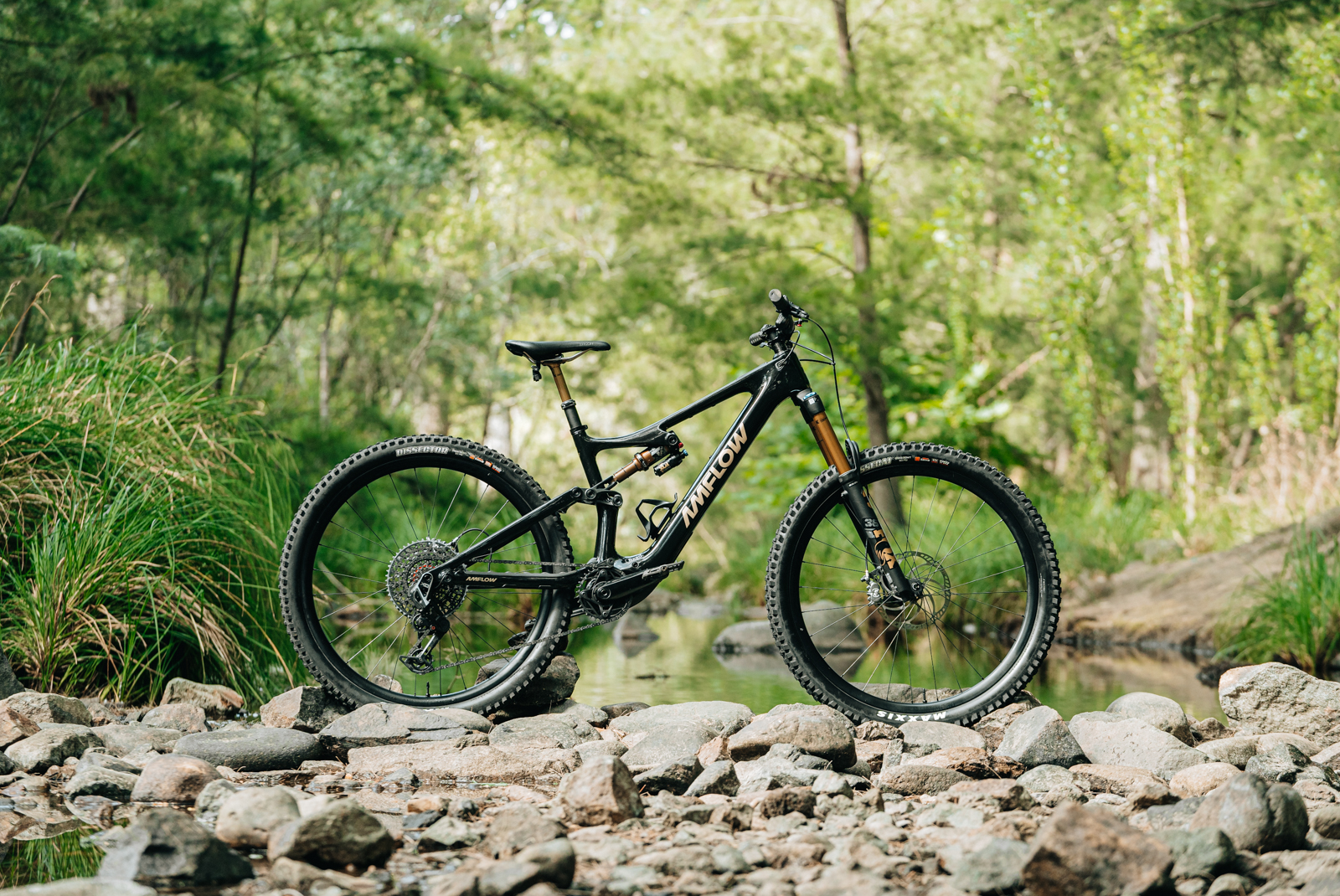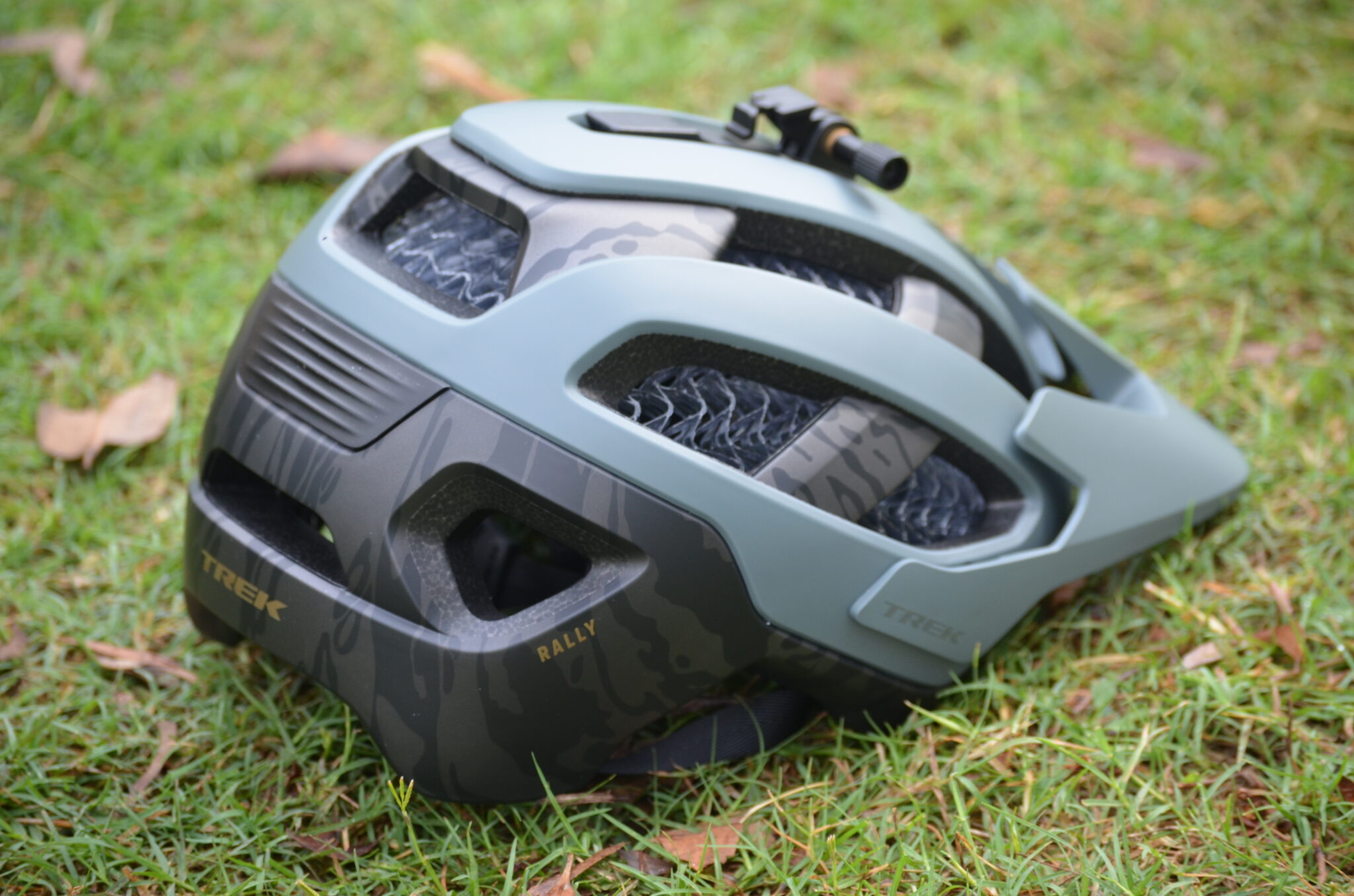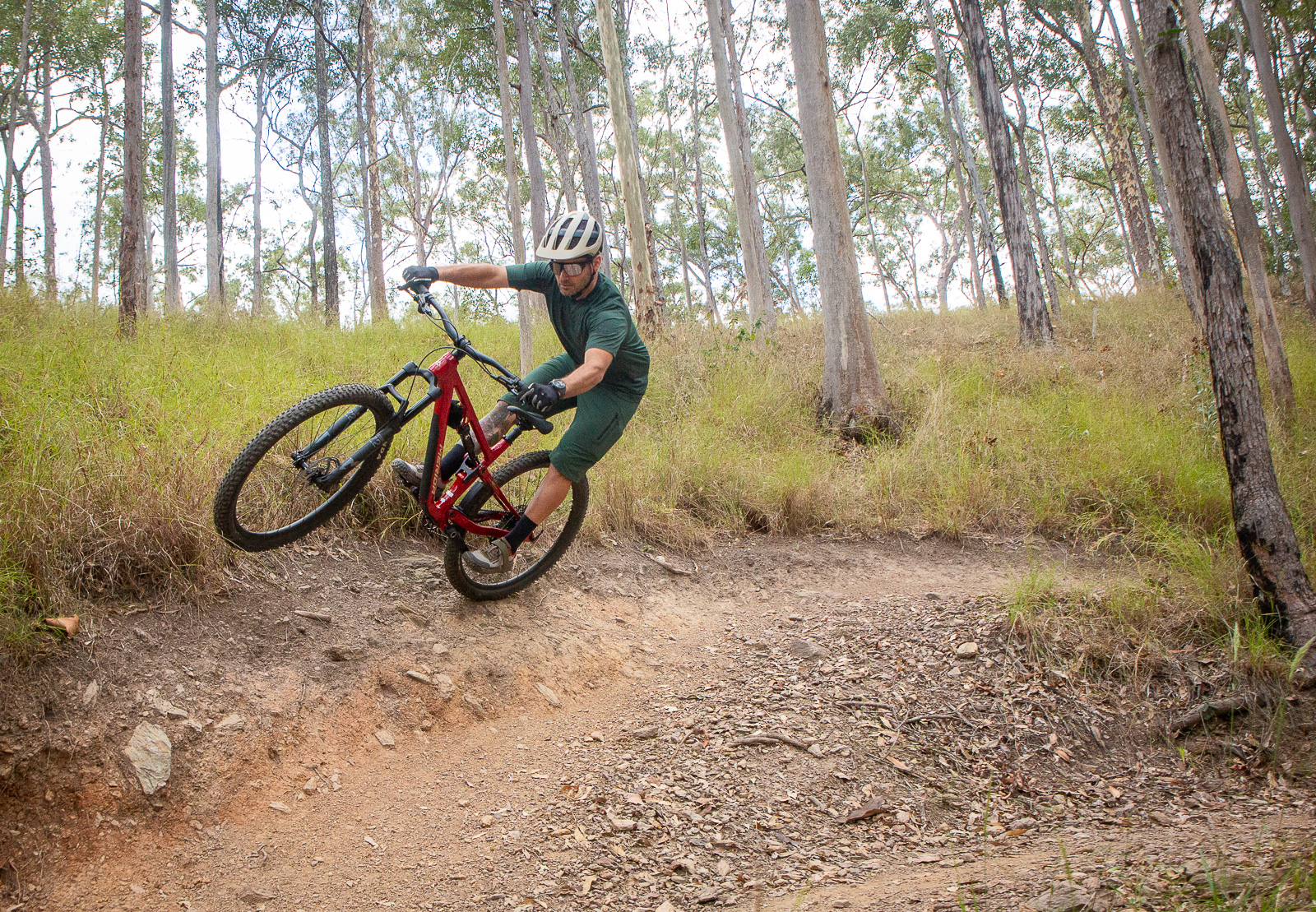Inside DT Swiss
DT Swiss are a go-to brand for wheels and all wheel parts. But why?
Words and photos: Mike Blewitt
DT Swiss are synonymous with wheels. From spokes, to hubs, rims and of course whole wheel sets, like the ever impressive DT Swiss XMC 1200 wheels we tested in last issue. In January, we visited DT Swiss in Biel, Switzerland, to find out more about the company and their wheels.
“Everything started in 1632, with the foundation of the United Wireworks in Biel,” explains Friso Lorscheider as we sit down over coffee. “Biel speaks French and German. It's the biggest city in Switzerland where both languages are working at the same time beside each other. That's why all the companies, streets and even the newspaper is in two languages. On the left side it is German, on the right side it is French. And that's true as well for DT. The German word for wireworks is drahtwerker. The French word is trefillerie. That's why it's DT, and Swiss because we're in Switzerland.”
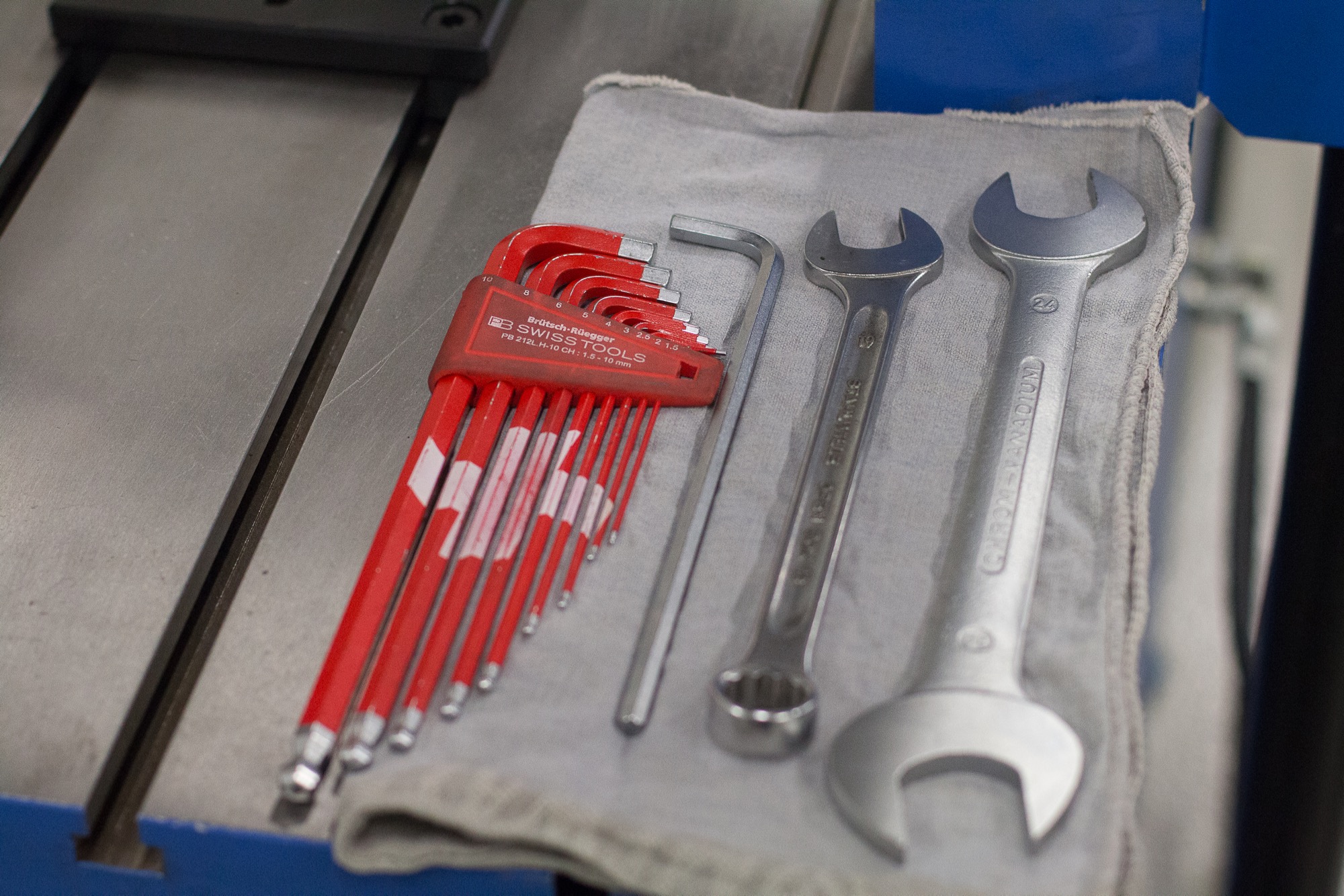
So how come a 17th century wire manufacturer is now know for the highest quality wheels and wheel components?
“When United Wireworks was founded it was just producing wires, then screws and in the 1900s the first bicycle parts. Fenders, racks and spokes. In 1994 three employees bought out the spoke production arm of United Wireworks. Two of those three guys are still the current owners of the company. DT Swiss are owner driven, which is quite important. At the end of the day we can decide for ourselves if we see a new field to be interesting, we can still invest even if there might not be an immediate return. Like suspension. We still have suspension, and it's going to grow I can tell you.” explains Friso. DT Swiss has grown from eight employees to over 800 world wide, with seven facilities.
If you have owned DT Swiss products, you will be familiar with the rebuildability of them. Spares for everything are available, creating a long product life. And that reliability and consistent design is something people expect from Swiss products and design.
“It's a little bit related to the German way of thinking. People expect a different quality from a Swiss company, a different kind of thinking about developing new products compared to other countries. It's what people expect. They expect a product that will last, and not just look good,” explains Friso.
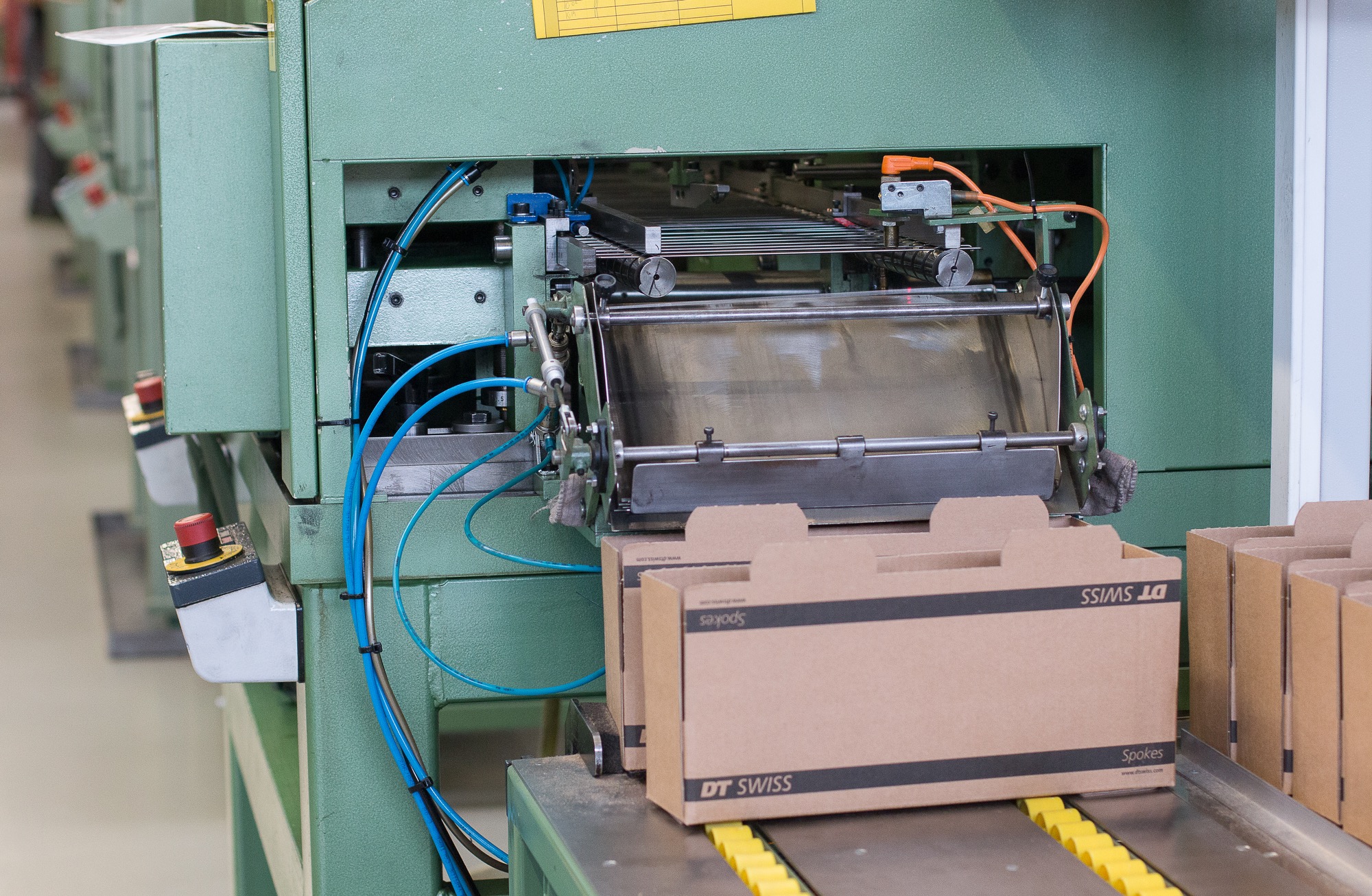
DT Swiss aim to have all their products able to last two years, at a minimum, under hard use. “Even an amateur racer should be able to use a product for two years of racing, “states Friso. “So for most riders that's four, five, six years or longer. That's why we like to have replacement parts available all over the world for each product we produce. Some of the parts of products cannot last for 10 years, for example a bearing. For sure at a certain point you need to replace it. But the service life of our parts is really long. I hear of people who have a 1996 240 hub and it's still running, or a wheel they have used for 10 years.”
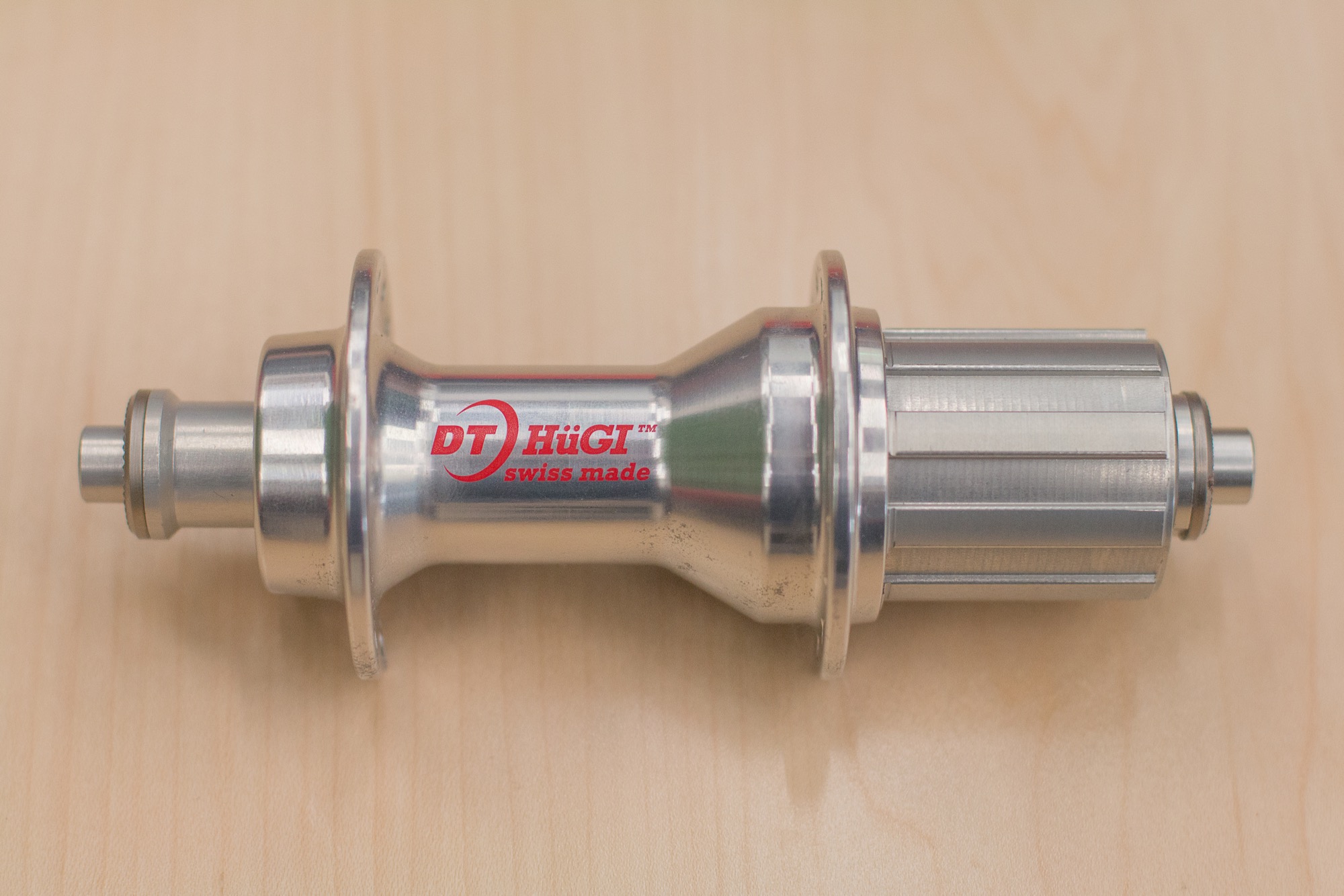
Of rims and tyres
We did a lot of testing on rim widths along with tyres, so we sat down with Andreas Tschanz, one of rim engineers at DT Swiss to see what they have done with their own testing.
“It's a combination of rim width and tyre width,” said Andreas, confirming what Ben Morrison found. “So you cannot say what width is the best. Too wide and you no longer gain benefits and you run into issues, but it also depends on tyres a lot. An older tyre that has square knobs, the tread sits too high on the tyre, and you run into problems as the trail feel is no good. For sure, wider is better most of the time – until a point.”
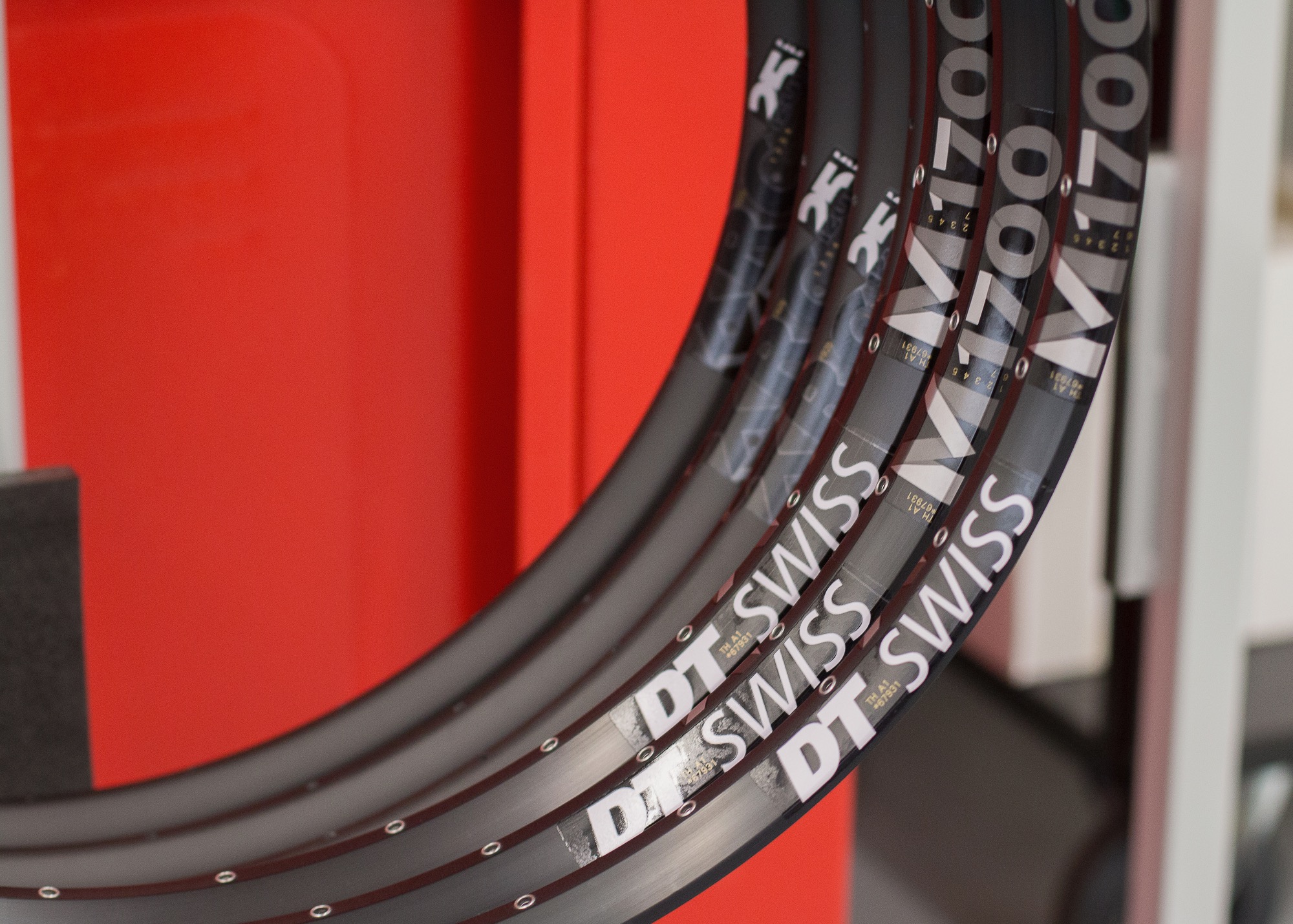
Andreas explained that the demands for downhill, trail, enduro and cross-country riding are all different. A wide rim on a downhill bike might not really result in a benefit, as the tyres are so stiff and tyres need to be high pressure to prevent rolling and impacts. But on a light tyre for a cross-country or trail setup the benefits are more pronoucned.
“A lot of our downhill racers choose the EX471 with 25mm internal. It's good enough in width, it's robust and it's light for them. But there are some XC racers going to 30mm internal width. With Team Focus we tried to do it scientifically, not just by feeling. We aimed to collect data and prove that wider can be faster. With the setup we did we showed it was a little bit faster, but not way way faster.”
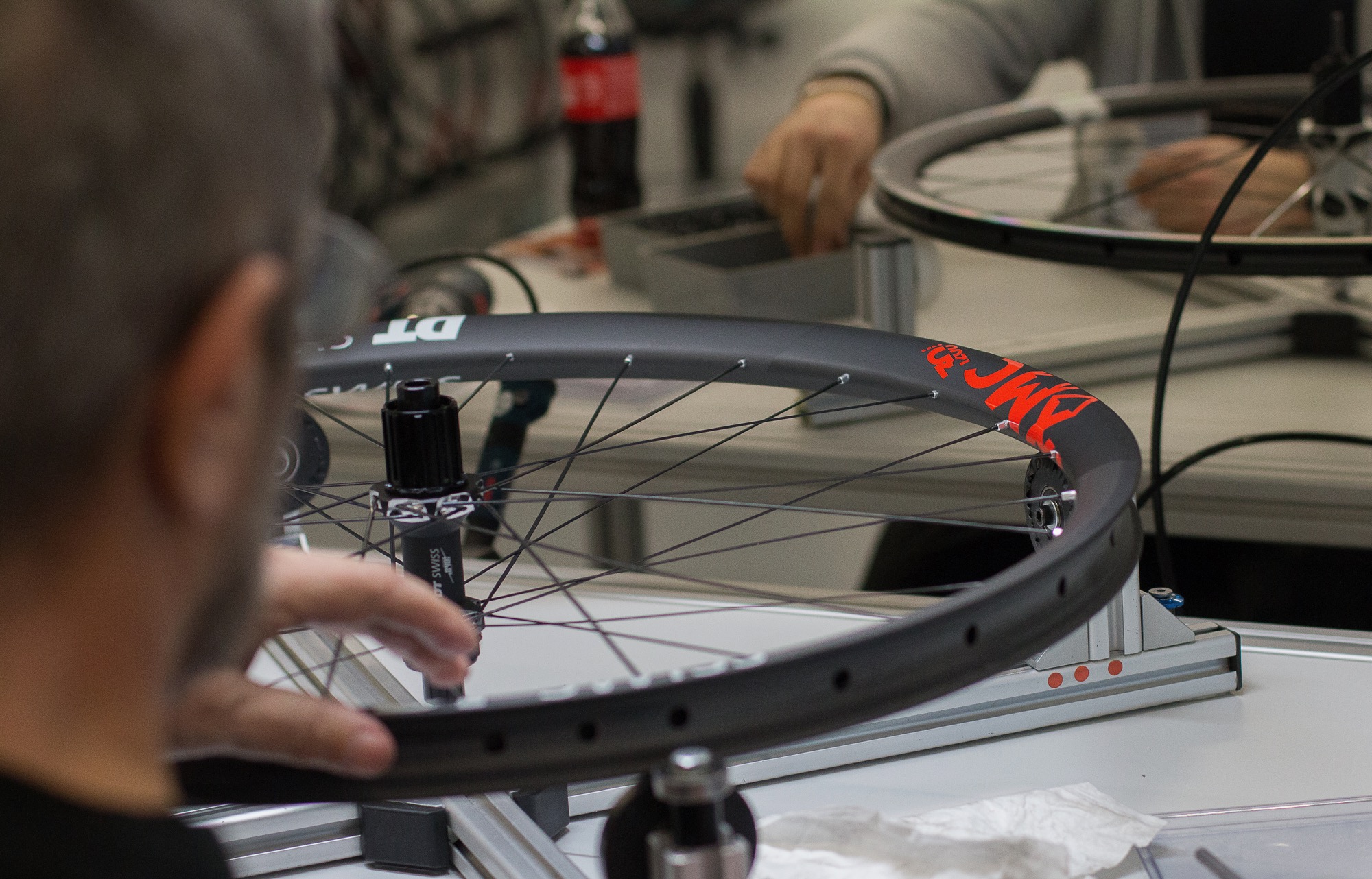
They set up the bikes exactly the same, with a 22.5mm internal rim and a 30mm internal rim, with a short test course. “It was day and night,” states Andreas. “The bike felt completely different.”
“Florian Vogel is a huge fan, and went for the heavier alloy wheel and then the new XMC wheel to race on. He took the weight penalty as he is sure he is faster with this setup. And this is something that in the past, weight was everything. But it really has to be a package where one point is weight, but also rolling resistance, tyre stability in corners and confidence for riding too. If you have more grip, you can attack harder on descents. This was the outcome for Florian but it really depends on rider weight, rider style, the type of tyre, the type of course.”
Alloy vs carbon
It's easy to believe that for top wheels, carbon is the only answer. Andreas isn't so sure.
“For years I only wanted to use alloy for rims. It was my work and I had to support it but I really felt it was the best. But if you want to go for the lightest possible set up you need to work with carbon. You cannot change this.”
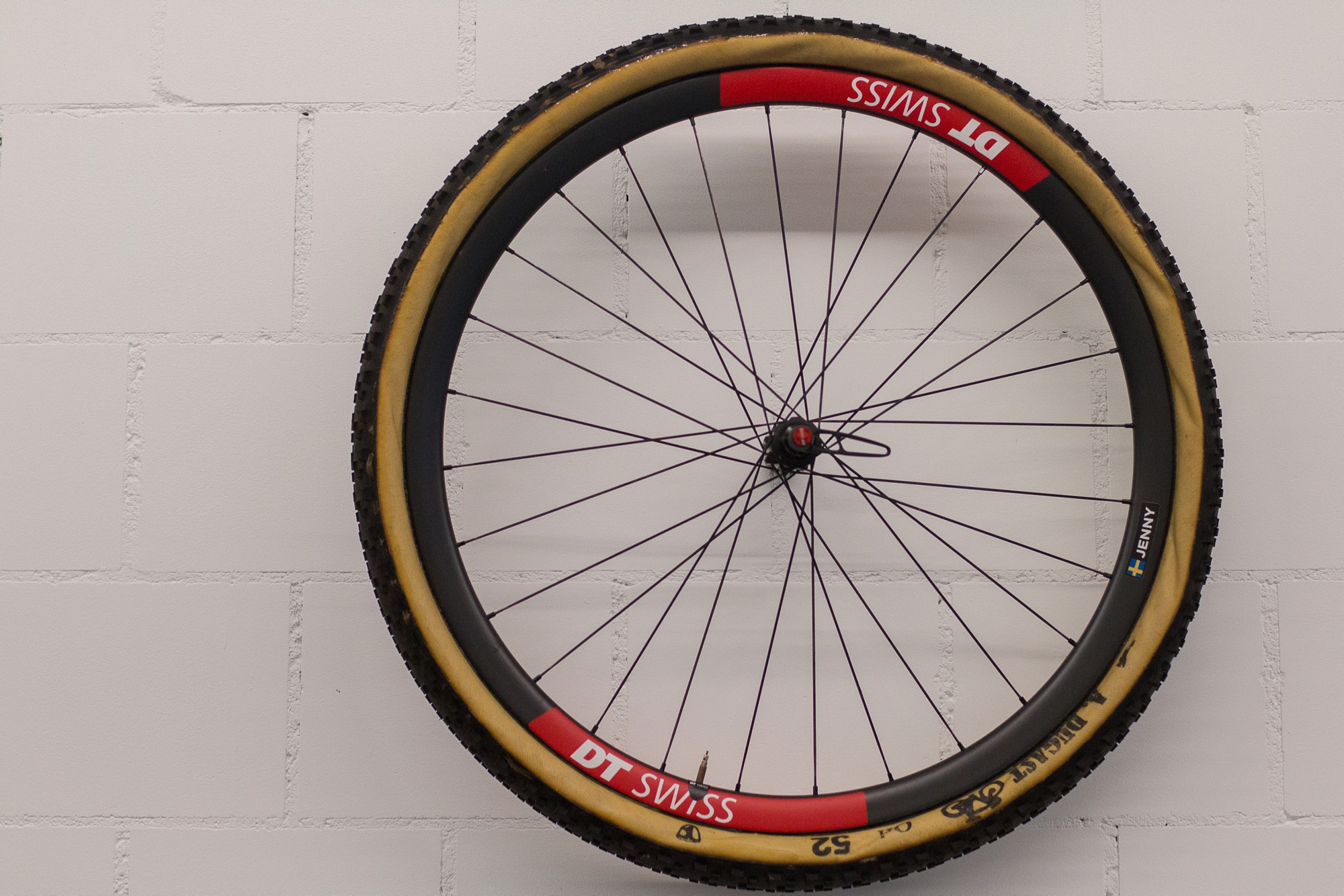
“But an alloy rim, if you look at the big picture of price, stability on impact and everything – a high end alloy rim is still unbeatable from my point of view. It is a fraction of the price, you have more impact stability, or you can still ride it even if it's dented. It's not good, but you can still ride home and maybe even one more year. With carbon it's more of a zero-one failure mode. It's either good or it's done.”
Is stiffer always better?
“Some people belive that stiffer is better, but we do not believe that”, says Andreas. “There is a sweet spot, but it is difficult as a 50kg woman racer and a 110kg amateur male don't need the same stiffness. And this makes it hard. We know from experience that under a certain level the wheel feels weak. We looked into it even more with impact testing. Playing with compliance, and having a not too stiff wheel for carbon. Otherwise they can feel bad when riding, and with impact on a super stiff wheel system, the forces on one point increase so much you get failure. If you can engineer some flex into the wheel, then you avoid that a little bit.”
Using rim protectors
With impact testing an important focus for DT Swiss, to the point that they built the machine that the UCI use for impact testing, I wanted to know what they though of the current rim protection systems for mountain biking – were they essential?
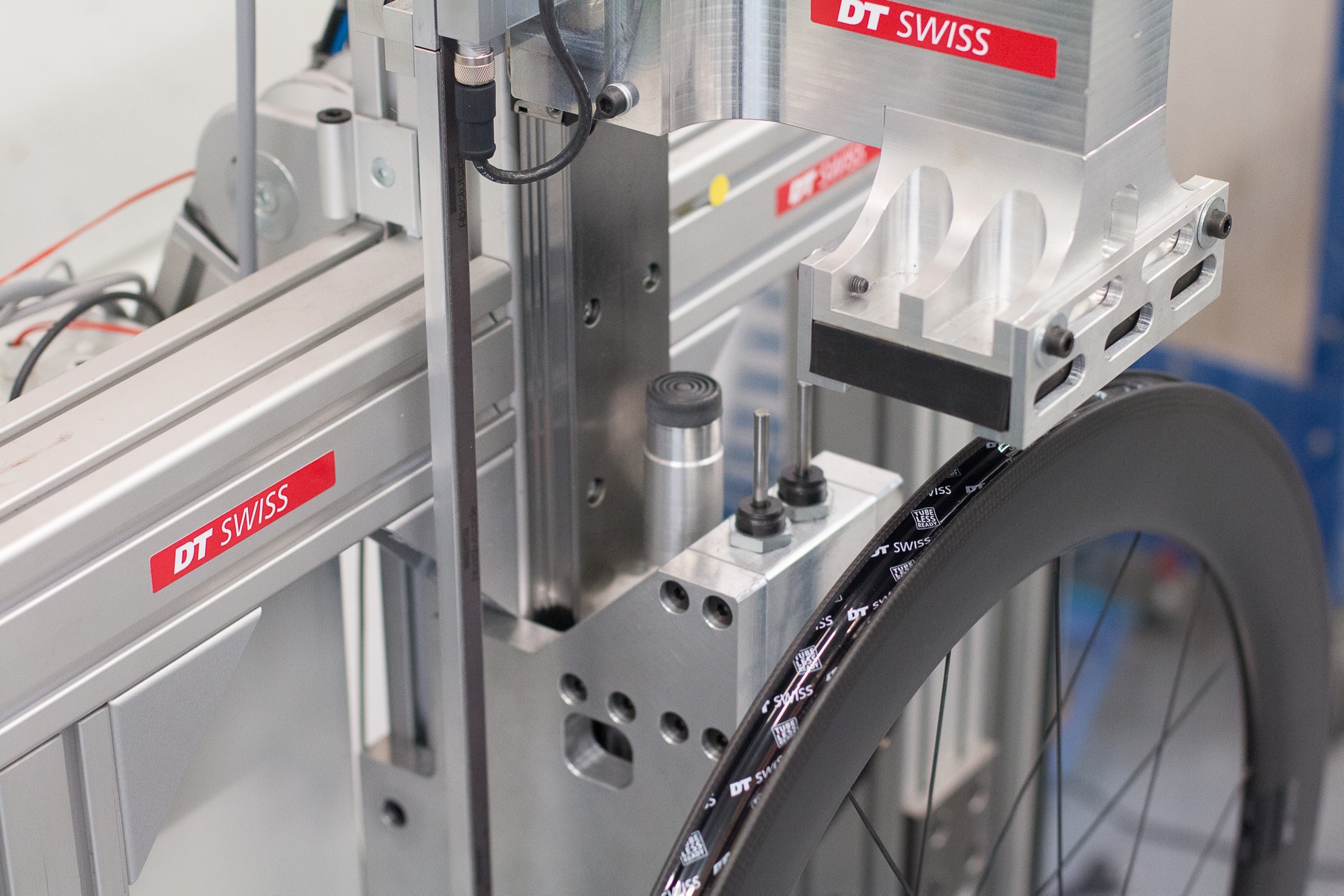
“We've tested a lot of products on the market. There are two types: a two chamber system, or the foam insert style. My personal thinking is we're not at the end of development. There's a lot of experimentation with foam in rims, or tyres, and decreasing the maximal load for a puncture. I don't want to blame tyre manufacturers. But tyre manufacturers absolutely know where the puncture happens. Everyone puts huge foam pieces in the rim to decrease the load and stop pinch flats on tubeless tyres.”
“One option would be a more stable carcass in this area, especially for enduro or E-MTBs. But let's see what the future brings with inserts. For DT Swiss it's not a bad thing, as the 50kg rider doesn't have issues, but the heavier riders with aggressive style can, so they can use an additional system to help save the rim, then that's good. But it's not the end, there has to be an evolution.”
Think back a few years and it was more common to be knocking wheels out of true, denting and breaking rims. But wheels and rims are stronger, and it's tyres that bear the brunt. We're interested to see where the whole system goes – and Andreas informed us that there's a group working on a better rim and tyre interface to really make a more reliable and strong wheel system in the future.

